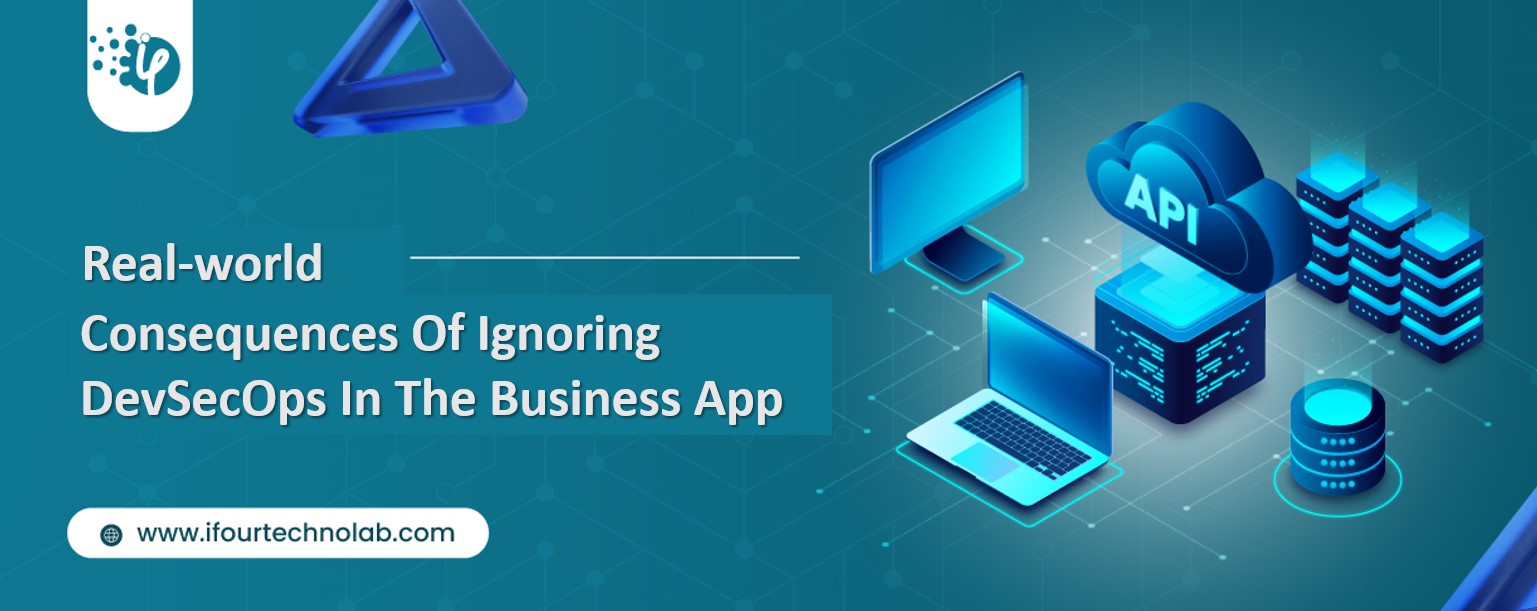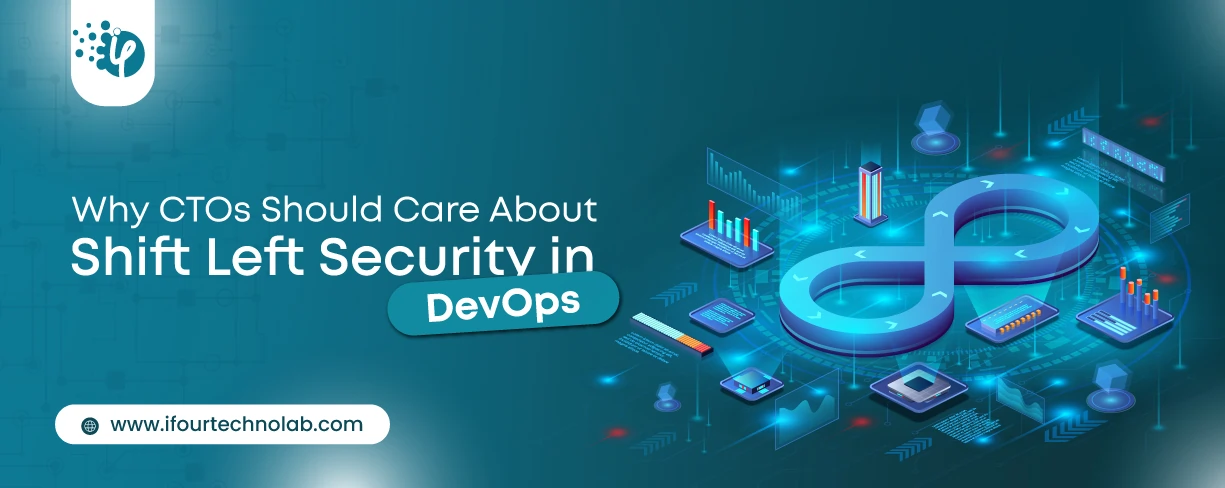Our Insights
Innovative Ways - Satisfied Clientele

We use cookies to improve your experience on our site. Please accept cookies for optimal performance.

601 & 612, The Times square Arcade, Near Baghban party plot, Thaltej - Shilaj Road, Thaltej, Ahmedabad, Gujarat - 380059
Request For a Free Consultation
Innovative Ways - Satisfied Clientele

Lochan Paliwal - October 16, 2025
Think about the last time CTOs spent most of their time fixing old systems. Updates were slow, servers were expensive, and adding new features took time. Now, things have changed. Cloud technology applications can grow fast, collaborate, and meet business demands quickly. CTOs now focus on enhanced systems and helping businesses grow. Using the right app modernization strategy and modernization framework for CTOs, old systems can become faster, safer, and more useful. In this blog, we...

Lochan Paliwal - October 10, 2025
According to HackerOne, fixing a security issue after software is released can cost 30 times more than fixing it during development. Today, CTOs take a different approach. Shift Left Security Best Practices bring security into the early stages of development. Teams find and fix issues during design and coding, stopping small problems from becoming big ones. This approach automates scans, threat modeling in development, and security in CI/CD pipeline. It also supports developer-first security...

Lochan Paliwal - September 29, 2025
A few years ago, companies built software first and thought about security later. Developers and security teams did not cooperate, and problems were fixed only after release. This activated DevSecOps vulnerabilities and many DevSecOps failures.

Kapil Panchal - September 19, 2025
Security has always been a major concern. Your company spends millions on cybersecurity tools, and guess what? You’re still vulnerable. When you're working in the cloud, especially with platforms like Microsoft Azure, and you're pushing code through CI/CD pipelines, the risks multiply fast. That’s why security must be built-in from the start, not bolted on at the end. And that’s where Shift Left Security approach comes in. What is Shift Left Security? In simple terms, Shift Left Security...

Kapil Panchal - September 16, 2025
We tracked the evolution of .NET 9 on Reddit, and watched the heated debates on .NET 6 vs .NET 8. And just when we thought that things had finally settled, Microsoft drops another update, eventually reminding us that "change is the only constant" in the tech field. Microsoft has been rolling out its latest .NET version 10, which has gone through several preview and release candidate phases (this includes ASP.NET Core 10), and the full version is set to come out in November 2025. Here's...
Recent Posts

Modernizing applications with the 7 R strategy – A CTO’s Guide
October 16, 2025

Top Shift Left security Best Practices CTOs should consider
October 10, 2025

Real-world Consequences of Ignoring DevSecOps In Your Strategy
September 29, 2025

Why CTOs Should Care About Shift Left Security in DevOps
September 19, 2025

What’s New in ASP.NET Core 10 – Key Features & Expert Insights
September 16, 2025
Categories

